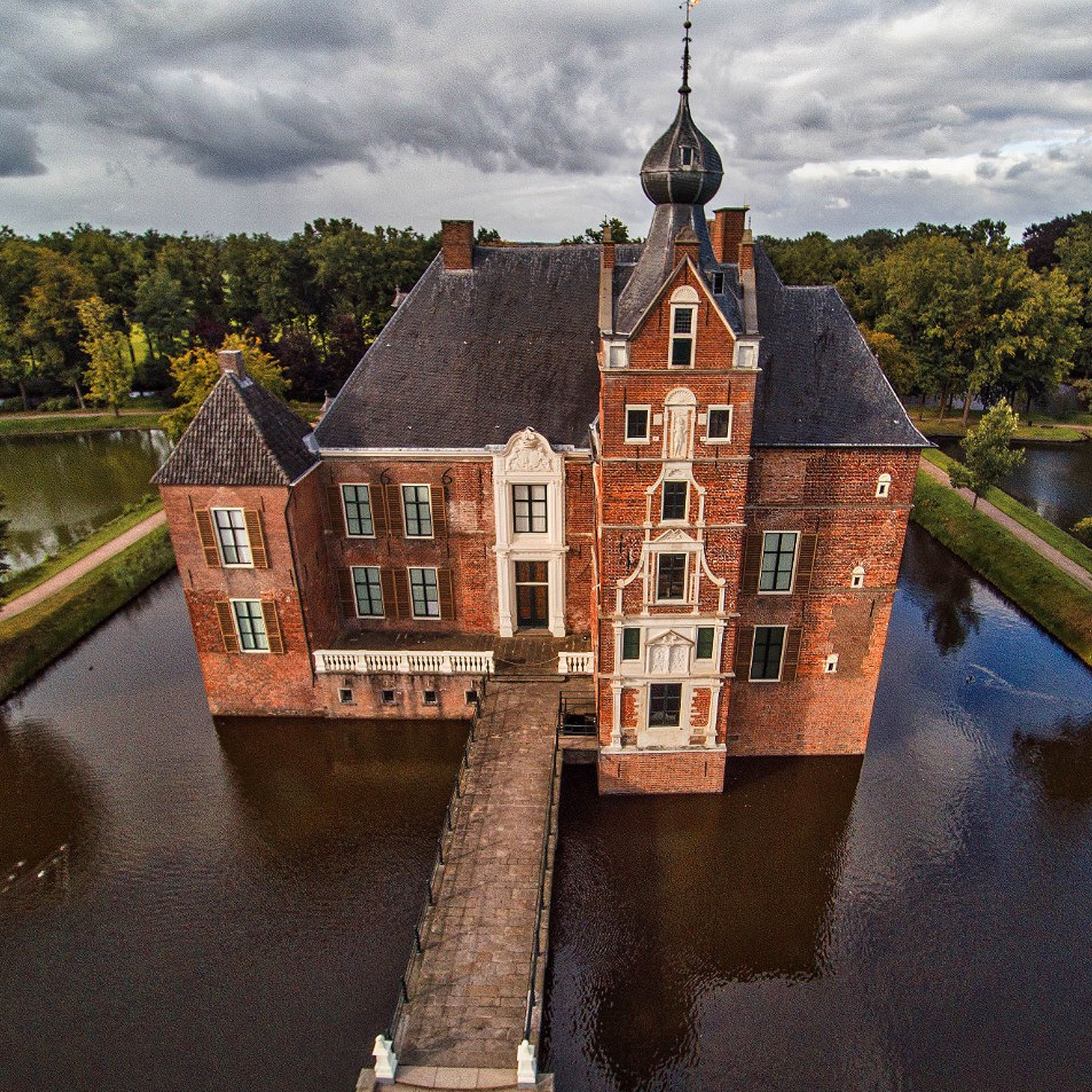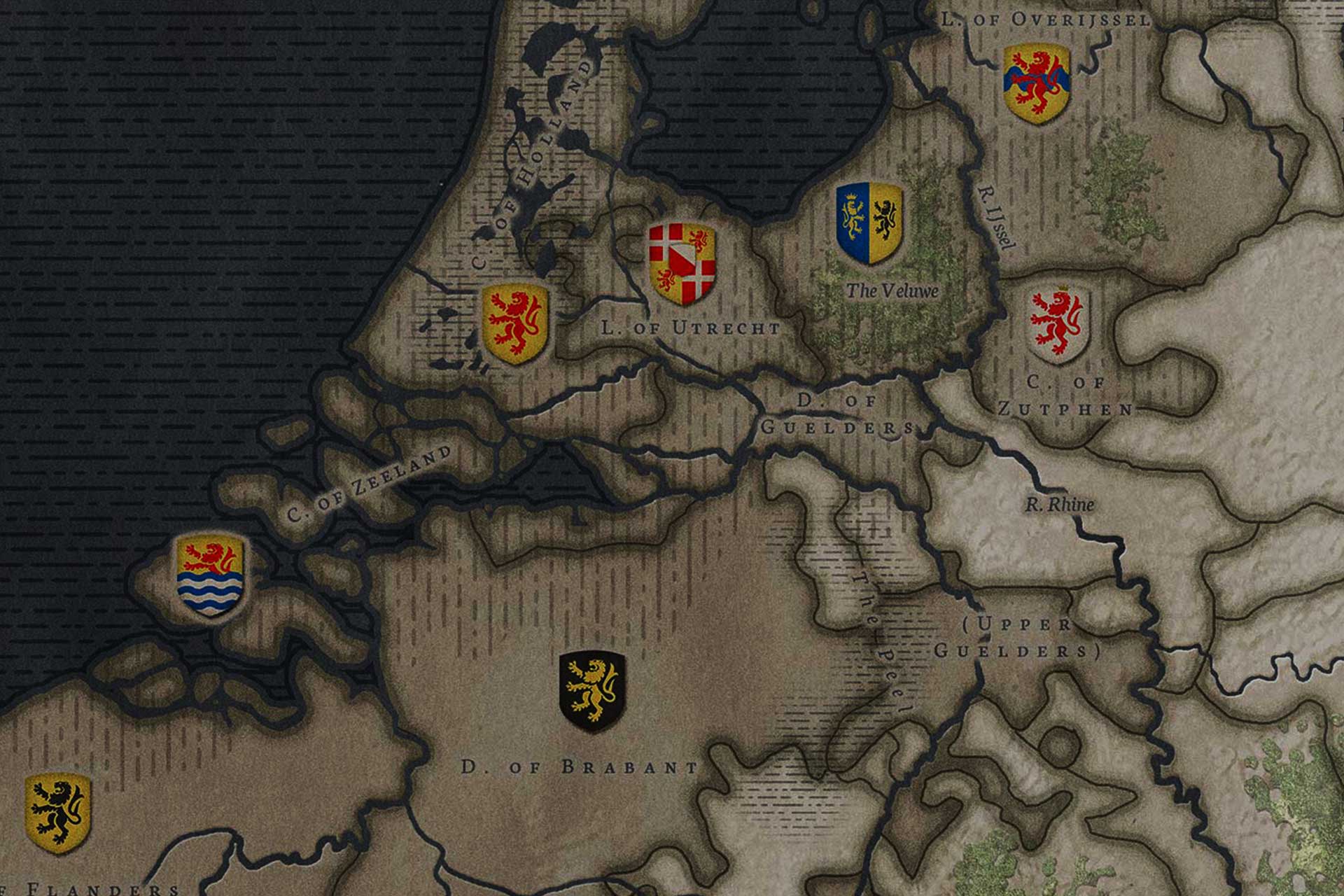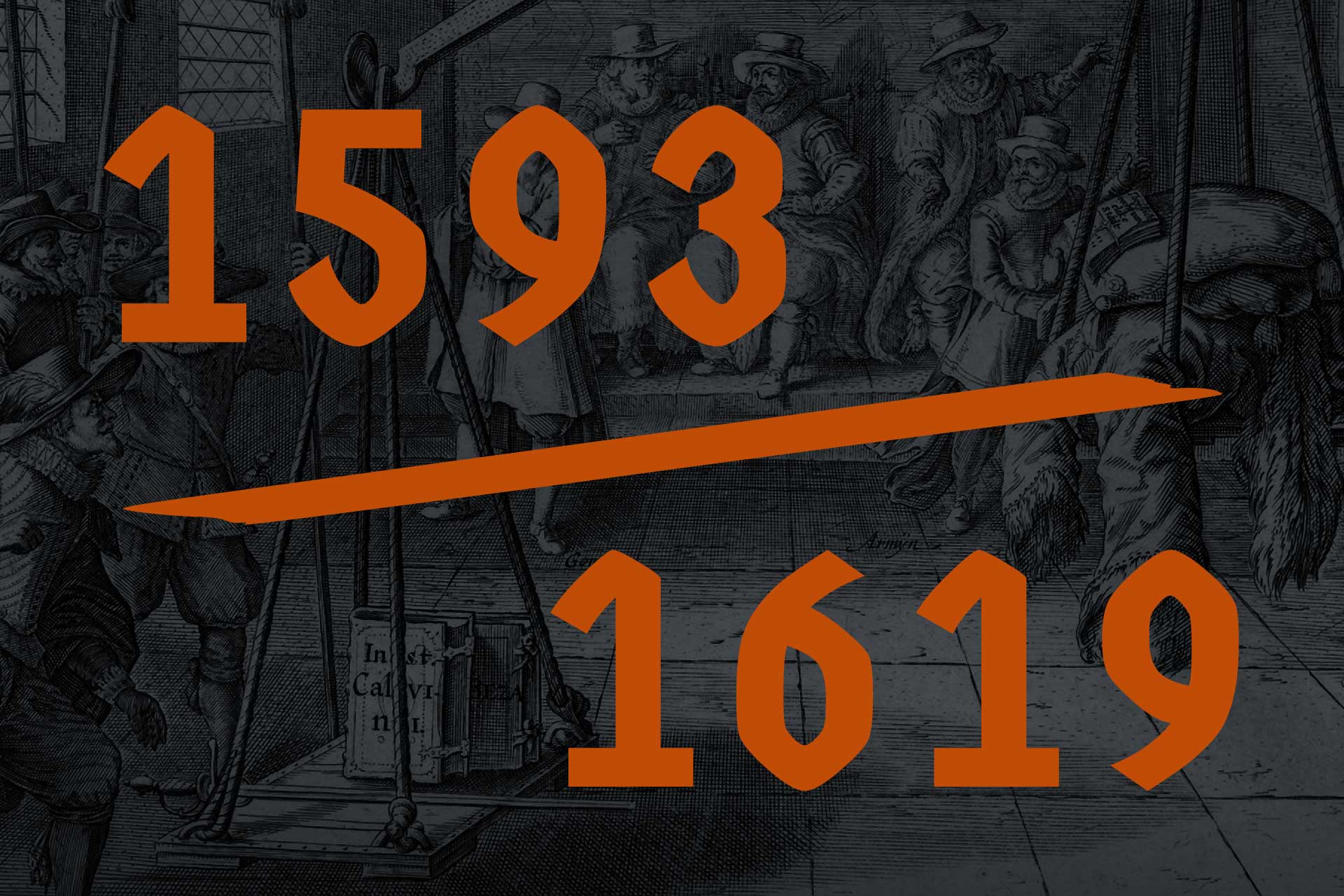Tag: 02 Culture of the Low Countries
-

Maarten van Rossum and the Kasteel De Cannenburch
In the decades before the Eighty Years War (or Tachtigjarige Oorlog) that severed the Low Countries into a republican Dutch north and a Habsburg royalist south, another war raged. One largely forgotten about. The Habsburg dynasty was ascending. Charles V – not just king of Spain and Holy Roman Emperor, but also local boy and…
-

Map of the Seventeen Provinces and Neighboring Domains
In 1548, much of the Low Countries (modern Belgium, Netherlands, Luxembourg, and parts of northern France) were brought together into a single political entity called the Seventeen Provinces – directly under the control of Charles V. Though united by proximity, there were sharp divisions of history, culture, and language cutting through the provinces – divisions…
-

Timeline: 1593-1619
Resurgent Dutch forces lead by Maurice of Nassau go on the offensive, setting the stage for a brokered Twelve Years Truce. At the same time, the Humanist community at Leiden and Calvinist congregations grow in influence, leading to a cataclysmic confrontation in the Synod of Dort.
-

Timeline: 1568-1592
The Dutch Revolt had begun in earnest, and what began as a civil war evolved into a war for independence from Habsburg Spain by the northern provinces.
-

Timeline: 1548-1567
After decades of war and political maneuvering, Charles V united the Low Countries into the Seventeen Provinces in 1548. He’d later abdicate in favor of his son, Philip II, whose policies would stir the nobles and cities into open revolt by 1567.
-
Common Names for the Low Countries
That part of Northwestern Europe forming the deltas and hinterlands of the Rhine, Meuse, and Scheldt rivers has been known by many names. And for many Americans, the term “Low Countries” itself is not well known or understood. This multiplication of terms, names, and labels has had the unfortunate side effect of confusing many would-be…